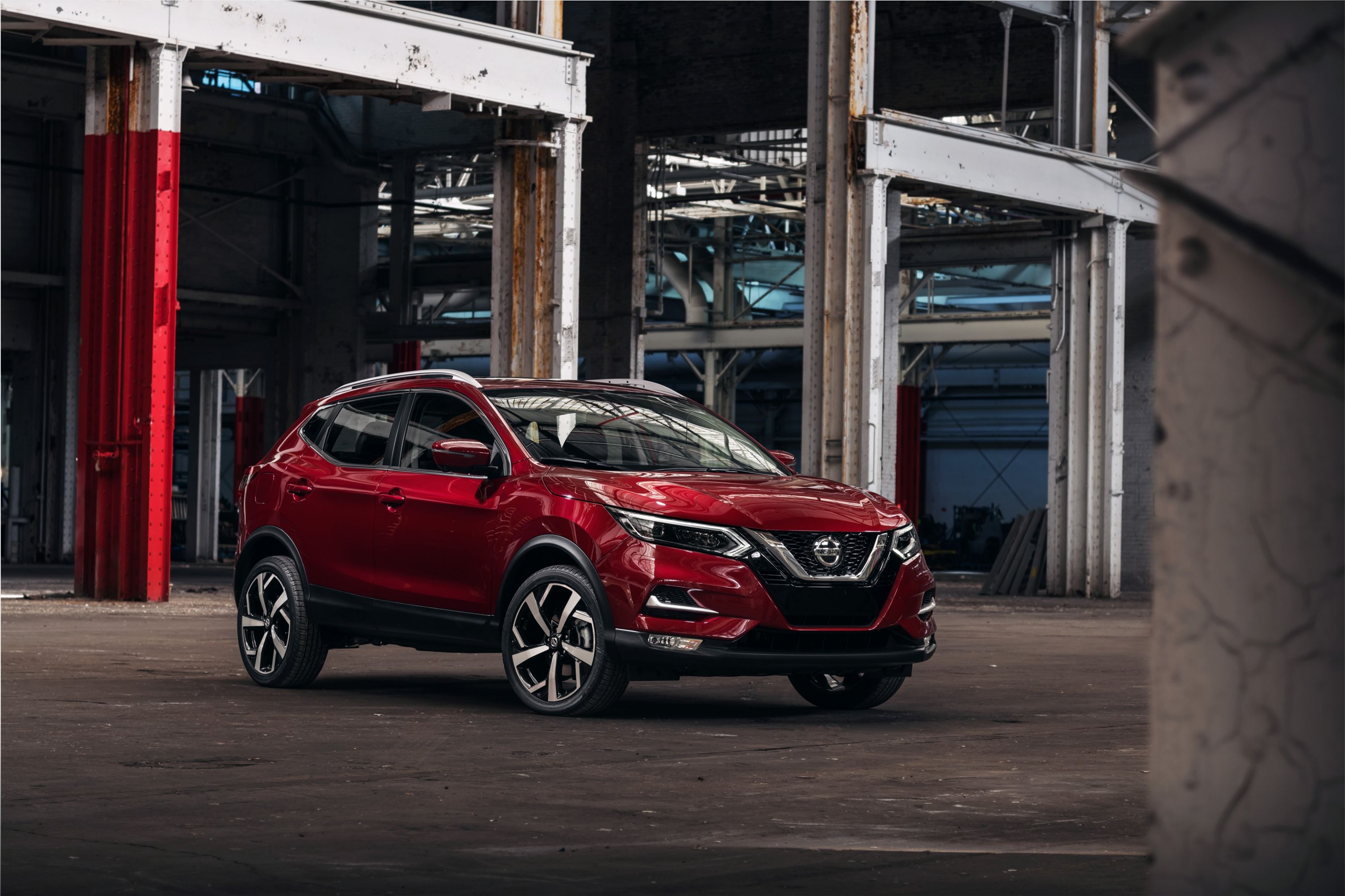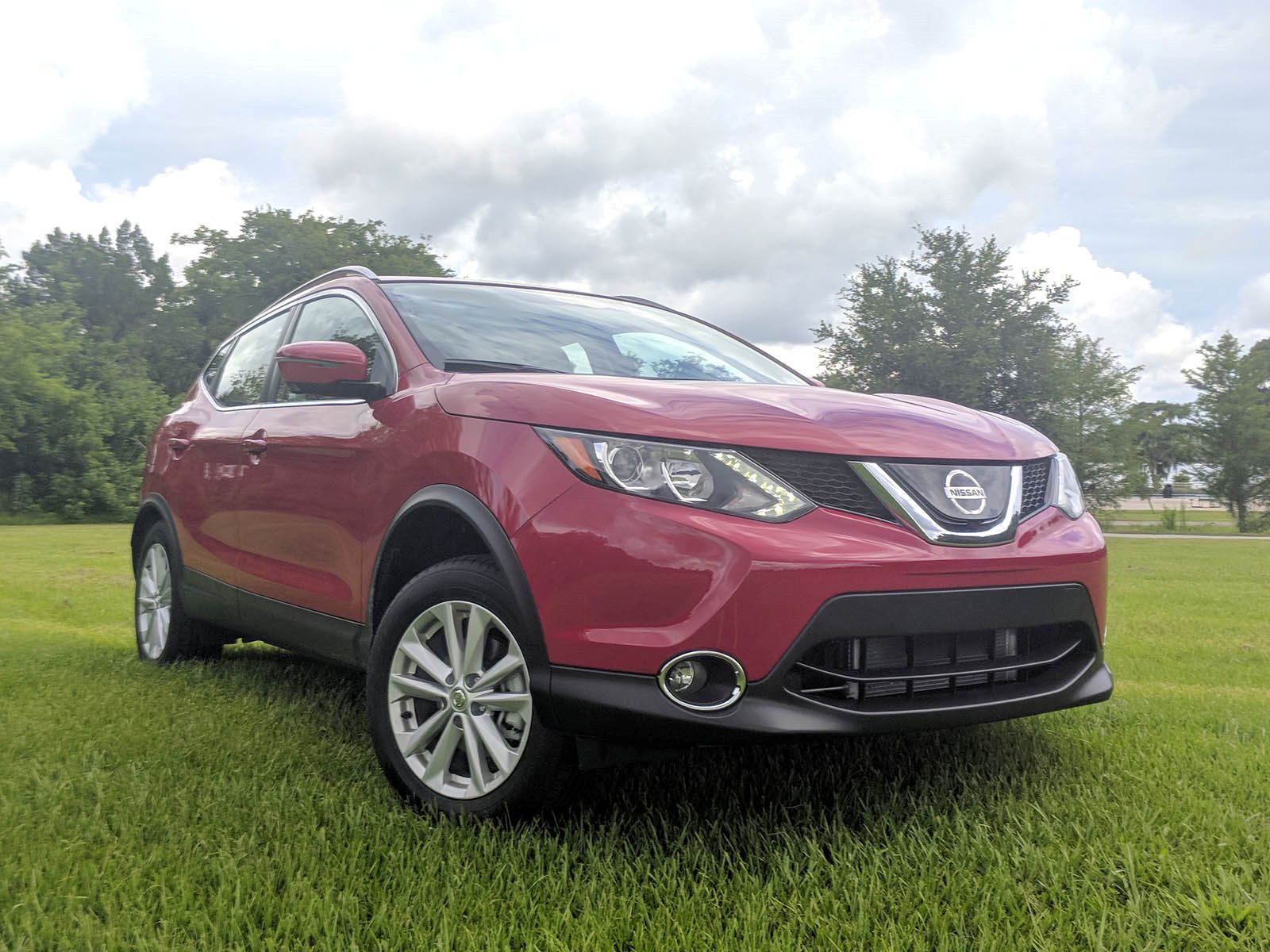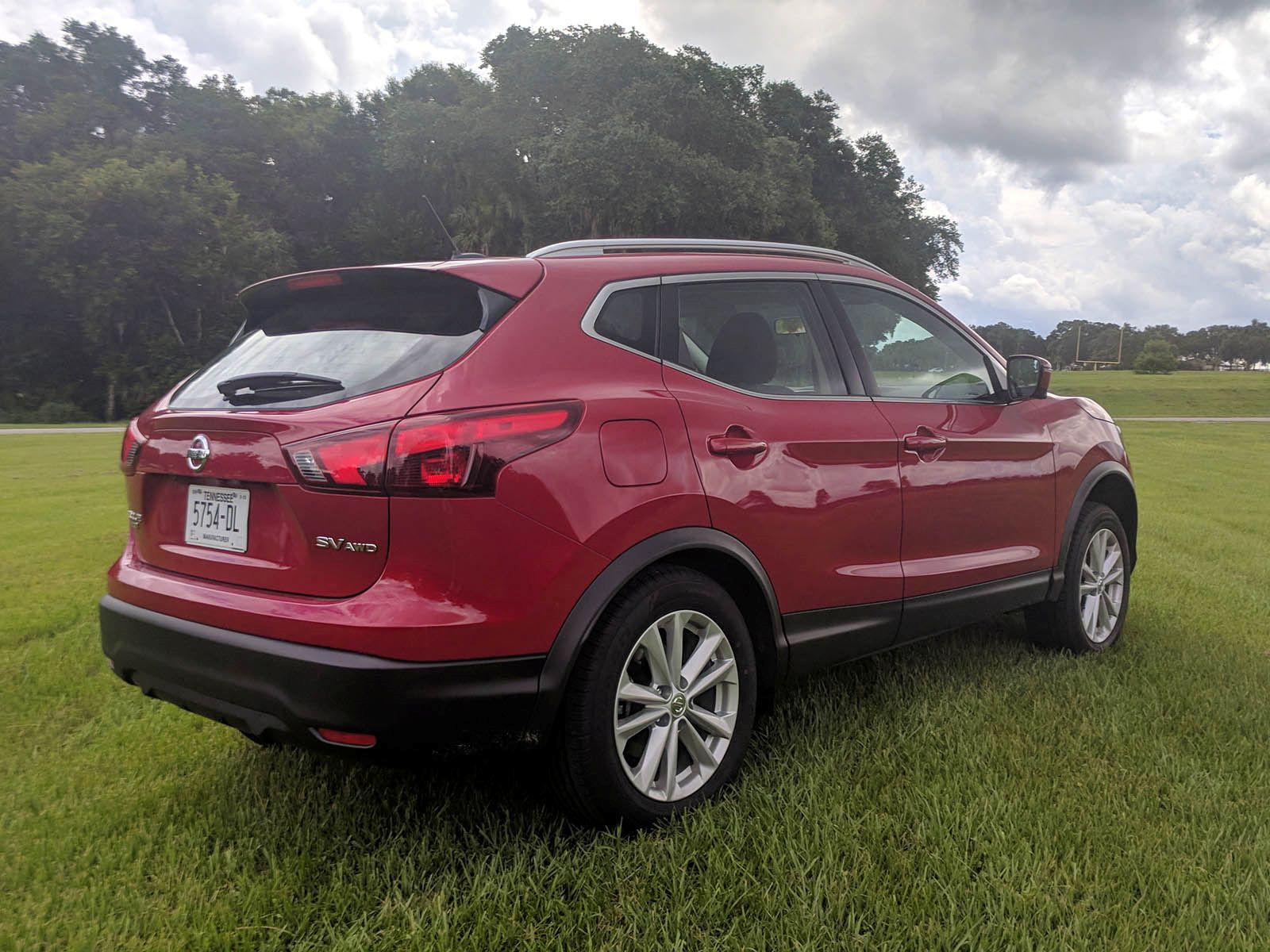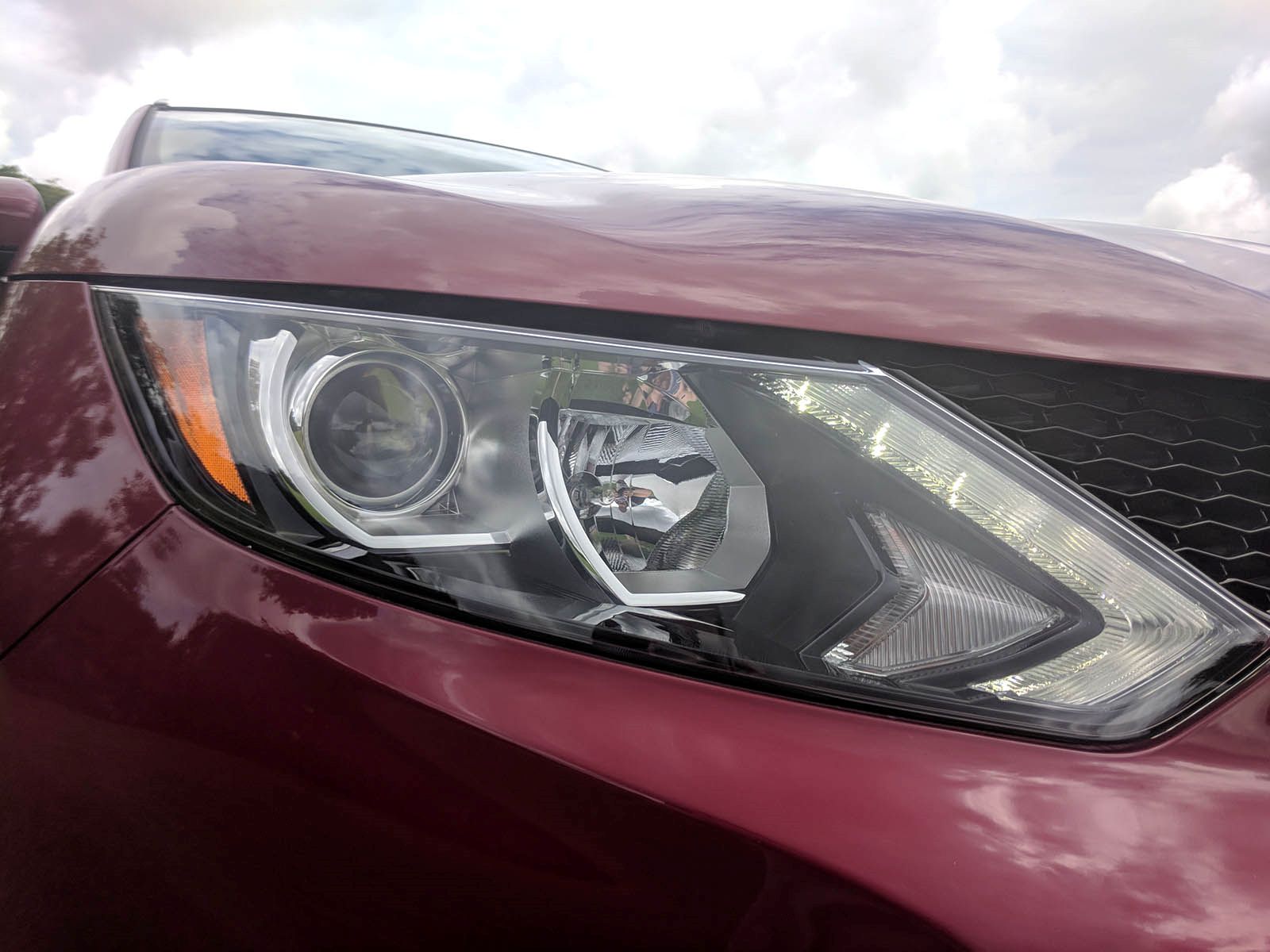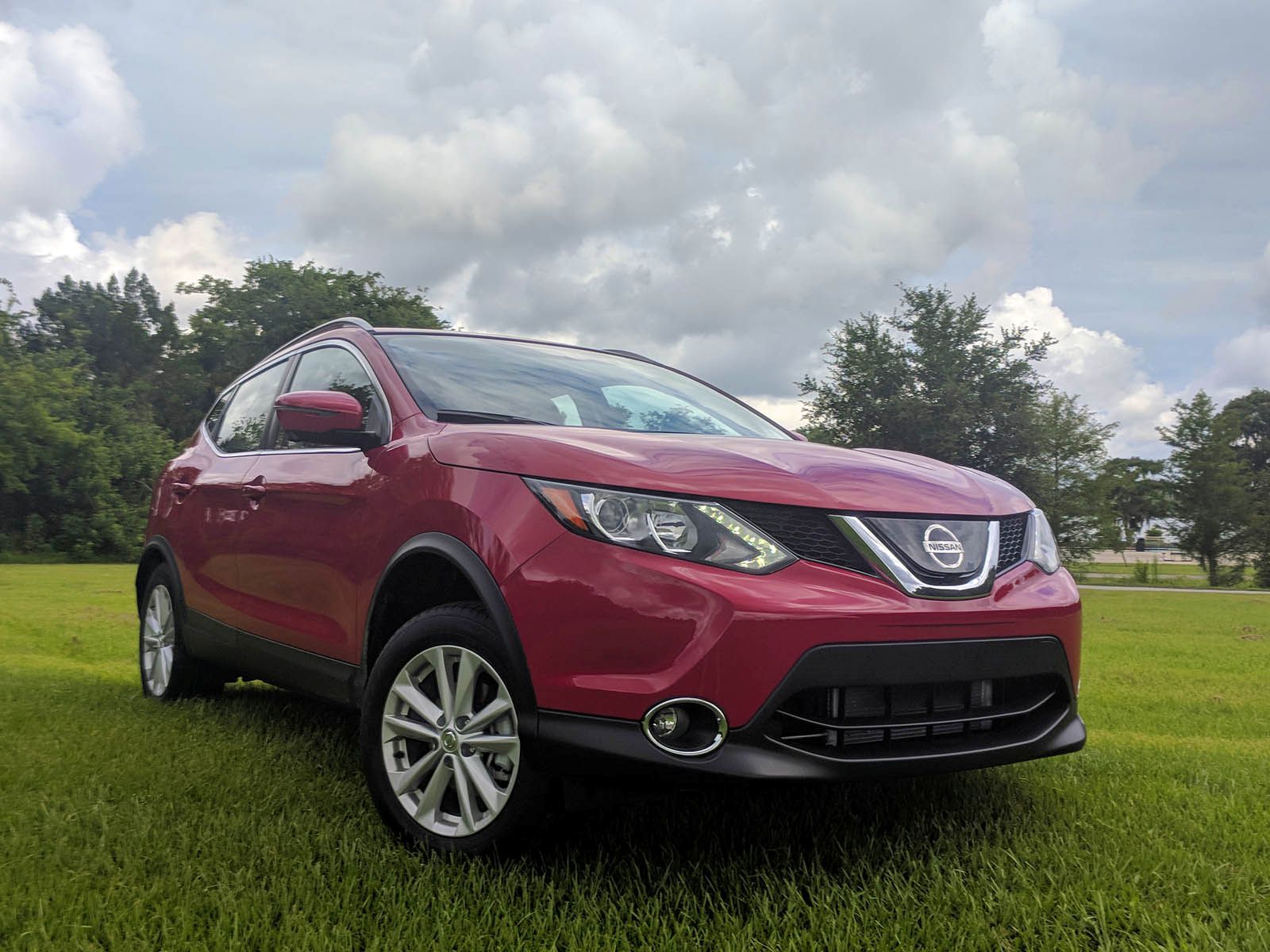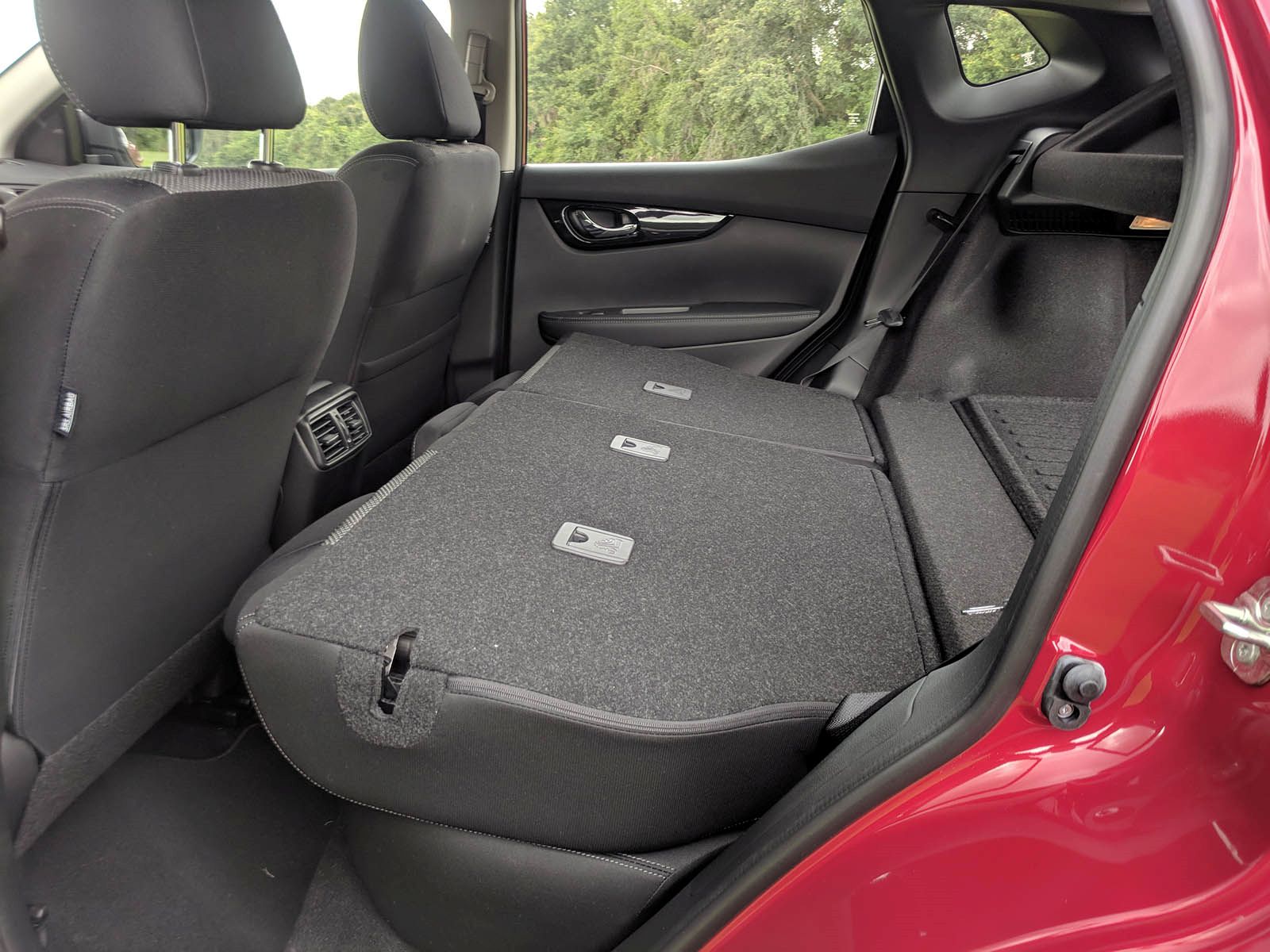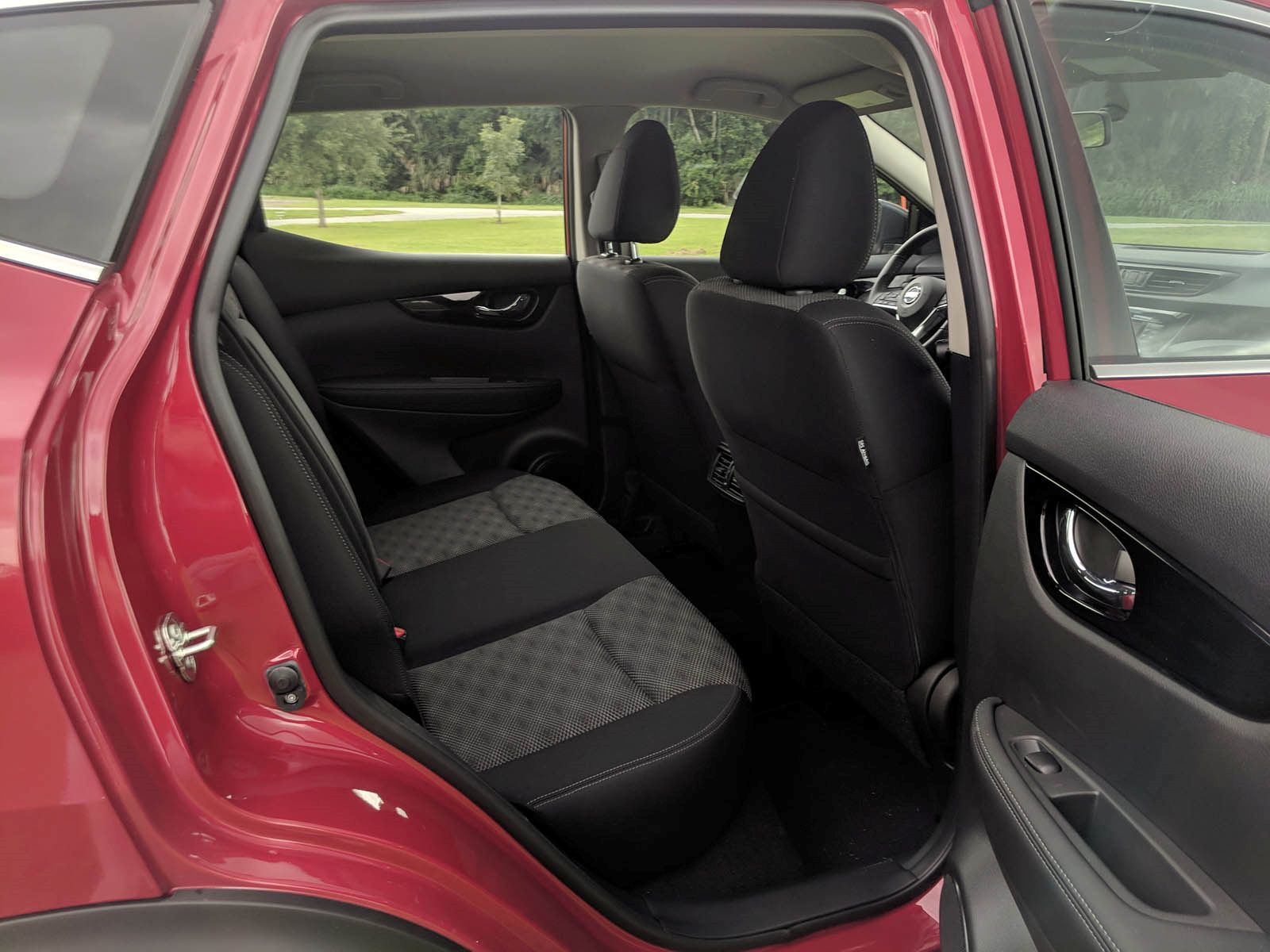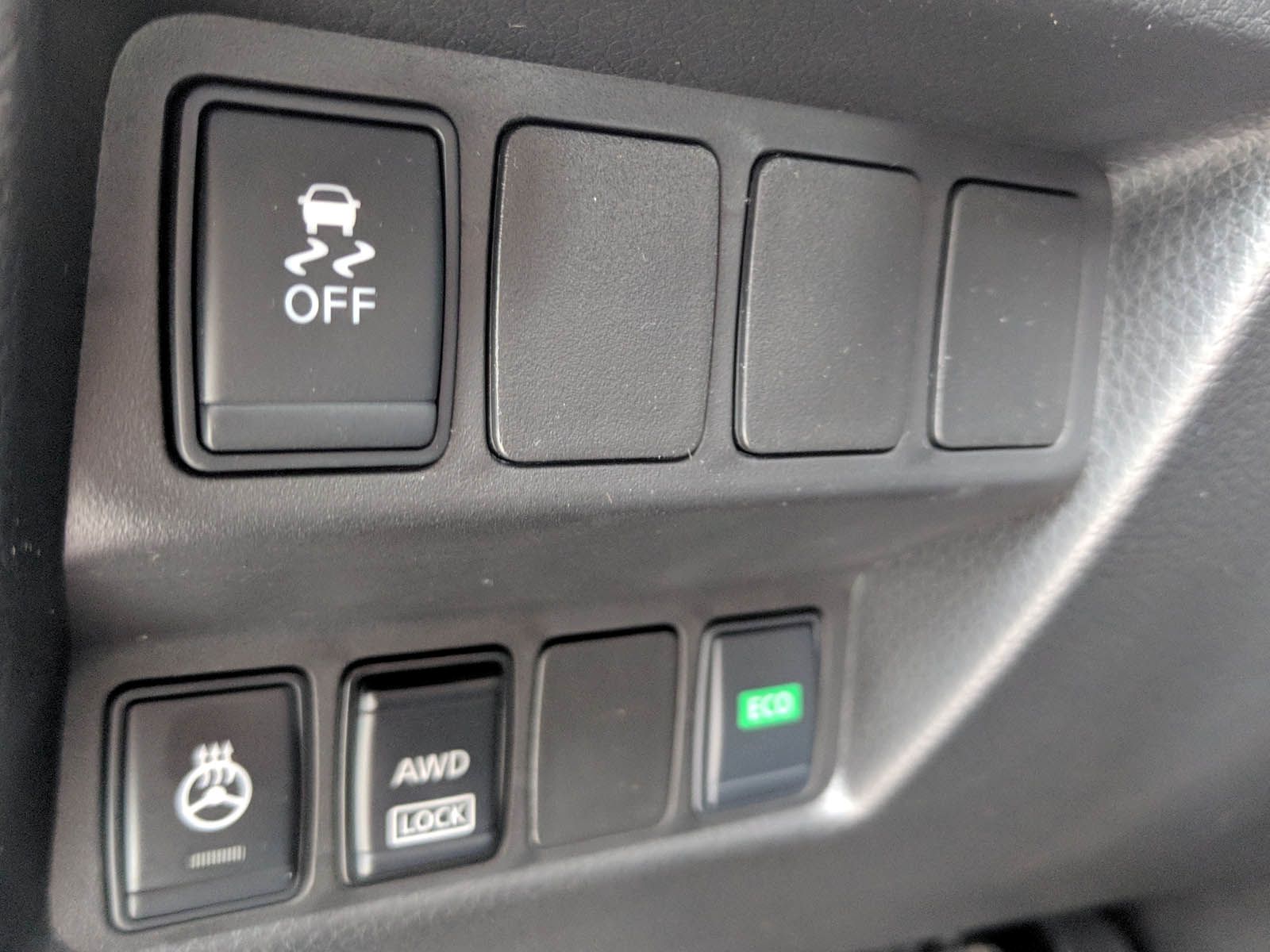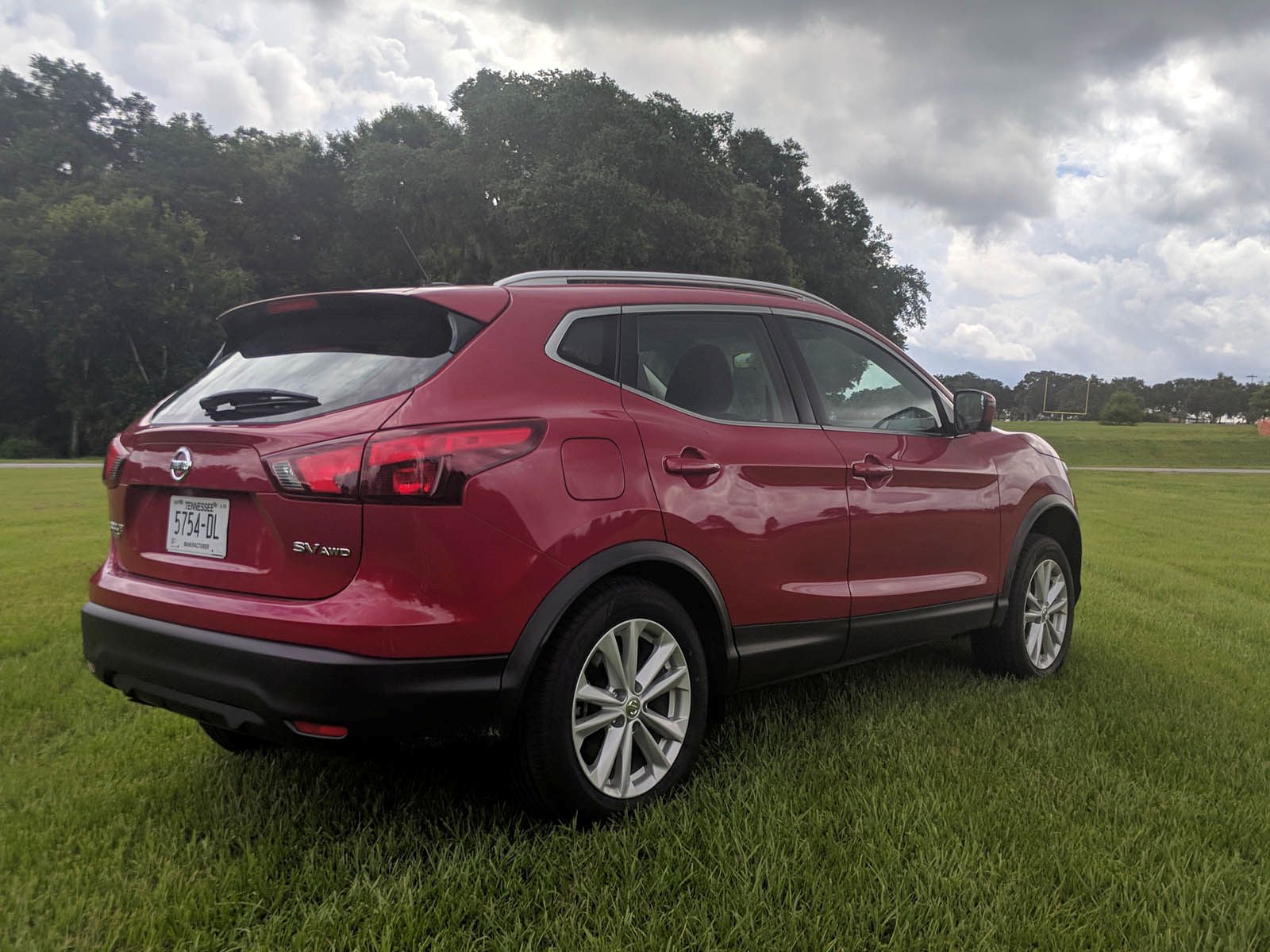2019 Nissan Rogue Sport Test Drive Review: A Winning Recipe Made Smaller
If Chevy had decided to call its legendary sports car the Penguin instead of the Corvette, would we still be talking about it decades later? A name is important, and Nissan knew that Qashqai would be too difficult for Americans to pronounce – we'd probably call it the cumquat. So the company execs sat down to discuss what to rename its subcompact SUV for the US market. "Why don't we just use the name of our most popular model?" One of them must have exclaimed. And just like that, the Rogue Sport was born.
So what exactly is a Rogue Sport? Contrary to what its name suggests, the Rogue Sport is actually a completely separate model from the larger Rogue– much like Land Rover's naming convention with the Range Rover Sport and Discovery Sport.
Now that the Juke has been discontinued, the Rogue Sport and the smaller and quirkier Kicks will take over in the subcompact SUV segment. Though it shares some elements with the Rogue, the Rogue Sport differs in a few categories. For starters, the Rogue Sport rides on a wheelbase that is 2.3 inches shorter than the Rogue, and overall length is 12.1 inches shorter. While the Rogue offers three rows of seating, the Rogue Sport is exclusively a two-row affair. The two SUVs share the same width, so the interior features the same dashboard, flat-bottom steering wheel, and seats – though the Rogue feels more upscale.
Despite having "sport" in its name, the Rogue Sport is actually down on power compared to its big brother, though it weighs over 200 pounds less. Nissan only offers one engine choice: a 2.0-liter four-cylinder producing 141 horsepower and 147 lb-ft of torque. Power goes out to front-wheel drive or optional all-wheel drive (as found on my test car) through a continuously variable transmission. Though most owners will never attempt it, the sprint to 60 mph takes a yawn-inducing 9.8 seconds. If you drive like a normal person, you can expect to achieve an admirable 24 mpg in the city and 30 mpg on the highway.
I averaged a little over 25 mpg in my week with the car, but was a bit surprised to discover that the smaller Rogue Sport fails to best its big brother in fuel economy. If you don't opt for the AWD, you'll improve economy by 1 mpg in the city and 2 mpg on the highway. The Rogue Sport isn't the most economical compact SUV, as it is bested by models like the Honda HR-V, Mazda CX-3, and Toyota CH-R. Luckily, what the Rogue Sport lacks in fuel economy, it makes up for in interior volume. Like the larger Rogue, the Rogue Sport punches above its weight class in terms of interior volume and comfort.
Now we are getting into the crux of why the Rogue is such a popular SUV in the US – it feels big compared to its competitors. I mistakenly believed that the Rogue Sport competed against models like the Honda CR-V and Toyota RAV4, because that's how it looks in person. In reality, the Rogue Sport competes against the HR-V and CH-R, where it shines as one of the largest cars in the segment. Front seat headroom is tied for top of the class at 39.6 inches, while front seat legroom is by far the winner with a massive 42.8 inches. Rear seat headroom is also near the top of the class with 38.3 inches, though leg room is slightly tight at 33.4 inches.
The Rogue Sport also has one of the largest cargo areas, with around 23 inches of space behind the second row. One of the other reasons why buyers have been buying the Rogue in droves is Nissan's incredible amount of standard features. A base Rogue Sport SV trim starts at $22,110 with destination, and includes automatic braking, blind spot monitoring, a rear-view camera, and rear cross-traffic alert. My tester was a mid-level SV, which starts at $23,740. The SV trim adds in 17-inch alloy wheels, smart key, power mirrors, and an eight-way power driver's seat with lumbar.
My Palatial Ruby-colored test car also had the optional AWD for $1,350, which is offered on all trims. The Rogue Sport only has two large option packages. The All Weather Package is a bit of a bargain at $920, and includes fog lights, heated mirrors, remote start, heated seats, heated leather steering wheel, and a leather shifter. My test car had the more expensive Technology Package for $2,420. In addition to everything found in the All Weather Package, the tech package includes adaptive cruise control, a surround-view monitor, navigation, and voice command. As optioned, my test car rang in at around $28,700.
There is also a pricier SL trim starting at $27,190, which adds 19-inch wheels, navigation, a surround-view camera, and leather seats. I could personally live without the leather seats and larger wheels, and everything else on the SL can be found in the Technology Package. If you just take the Rogue Sport's features at face value, it seems like a great deal. Unfortunately, some of Nissan's execution is far from perfect. The interior layout is simple and easy to navigate, but some of the dashboard materials felt cheap. Fortunately, the points you touch the most – the steering wheel, center console, shifter, and side armrests – are all wrapped in leather.
The Rogue Sport's biggest weakness is its infotainment. I had the larger seven-inch screen, and it still felt too small. The screen is easy to reach and quick to respond, but the resolution is crunchy and the graphics feel like they belonged in a car from 2008, not 2019. I absolutely adore Nissan's surround-view camera system, and found myself parking perfectly within the lines every time, but the resolution of the cameras and the screen produced a blurry image. Although I loved the camera system, the voice command had a lot to be desired. The system took forever to process my voice commands, and got the street address completely wrong every time.
This could easily be fixed with Apple CarPlay or Android Auto, but both are surprisingly absent from the Rogue Sport. The tech features are lacking a bit of sophistication, but the safety features are right up to date. The optional adaptive cruise control worked better than many pricier cars, though the Rogue Sport lacks the ProPILOT system with steering intervention found in the larger Rogue. My only gripe with the safety features is Nissan's insistence on placing the blind spot monitors on the pillar. I am already moving my eyes towards the mirror, so that is where the blind spot light should go – like almost every other car.
With just 141 hp on tap, you might expect the Rogue Sport to feel slow. It certainly won't win any drag races, but the Nissan engineered the Rogue Sport with something I like to refer to as pep. A peppy car is one where the initial 5-10% of throttle urges the car to jump forward with the excitability of a second grader going out for recess. The Toyota Corolla does this extremely well, convincing drivers who rarely ever go above 40% throttle that their car is actually kind of quick. If you drive the Rogue Sport like a normal human, it actually feels quite, well, peppy. Unfortunately, it all falls apart if you decide to drive like a maniac.
Mash the pedal, and the CVT transmission struggles to find the right RPM for the engine. The drivetrain cries out like a pony that is being forced to carry a sumo wrestler. For the type of driver who has never pressed the accelerator down to the floor, the Rogue Sport's power is adequate and nothing more. The steering is very light and very vague, but far better than the smaller Kicks. Nissan steering is never particularly sporty outside of the GT-R and 370Z, but the Rogue Sport is tuned pretty well to deliver some feedback, and still be light enough for parking maneuvers.
Ride comfort is pleasant, easily on par with many larger SUVs. Harsh bumps can certainly be felt, but they never punish occupants. The "Sport" name may be a bit aspirational, but the handling is fairly competent and the body doesn't pitch and lean when thrown into a corner. It does understeer significantly, but few people ever test the limits of their subcompact SUV. The Rogue Sport aims to build off the success of its larger sibling. Nissan knew it had a hit with the compact Rogue SUV, so it decided to capitalize on that name equity to dominate the subcompact SUV segment.
The Rogue Sport wins on size, features, and comfort, but lacks eye-catching styling, and that all-important fun factor. I enjoy driving more than most, so this is a top priority. Other sub-compact SUVs are more fun to drive in this segment, but the larger, more comfortable Rogue Sport can charm buyers with its size and value. Besides, who really buys a sub-compact SUV because they love driving?

